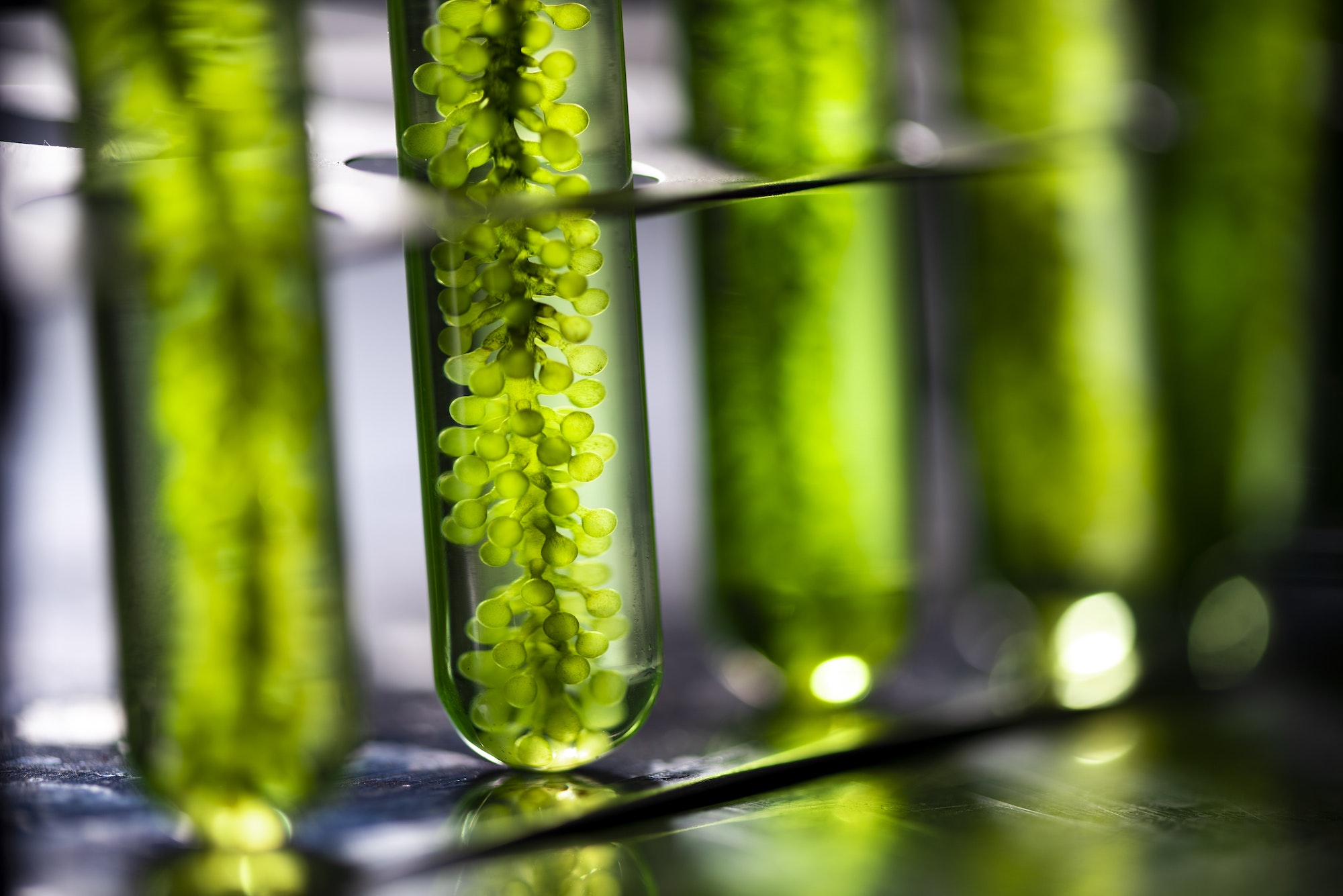Algae, a diverse group of photosynthetic organisms, have been gaining significant attention in recent years due to their potential applications in various industries. Among the different cultivation techniques for algae growth, photobioreactors (PBRs) have emerged as a promising and efficient method. PBRs are closed systems that provide an optimal environment for algae growth by controlling factors such as light intensity, temperature, and nutrient supply. In this article, we will explore the applications of photobioreactor-grown algae and how photobioreactors harness light for algae growth.
Photobioreactor-Grown Algae Applications
Photobioreactor-grown algae have numerous applications in various industries, including biofuels, bioproducts, and pharmaceuticals. Some of these applications are:
- Biofuels: Algae are an attractive feedstock for biofuel production due to their high growth rates and lipid content. The use of PBRs allows for the efficient production of algal biomass, which can be converted into biodiesel, bioethanol, or biogas.
- Bioplastics: Algae can be used to produce biodegradable plastics as an alternative to petroleum-based plastics. PBR-grown algae can provide a sustainable and eco-friendly source of raw material for bioplastic production.
- Nutraceuticals and Pharmaceuticals: Algae are a rich source of bioactive compounds with potential health benefits, such as omega-3 fatty acids, antioxidants, and anti-inflammatory agents. These compounds can be extracted from PBR-grown algae and used in nutraceutical and pharmaceutical products.
- Animal Feed: Algae are a valuable source of protein, essential amino acids, vitamins, and minerals that can be used as a sustainable alternative to traditional animal feed ingredients like soybean meal and fishmeal.
- Wastewater Treatment: PBR-grown algae can be used for wastewater treatment by removing nutrients such as nitrogen and phosphorus, which contribute to water pollution. Additionally, the biomass produced during the treatment process can be harvested and used for biofuel or bioproduct production.
Harnessing Light for Algae Growth in Photobioreactors
Light is an essential factor for algae growth, as it provides the energy required for photosynthesis. In photobioreactors, light is supplied either by natural sunlight or artificial light sources such as LED lamps. There are several factors to consider when designing a PBR system to optimize light utilization:
- Light Intensity: The optimal light intensity for algae growth depends on the specific strain being cultivated. Too much light can cause photoinhibition, a reduction in photosynthetic efficiency, while too little light may result in slow growth rates. PBRs can be designed to regulate light intensity by using dimmable lights or adjusting the distance between the light source and the algae culture.
- Light Distribution: To ensure uniform light distribution within the PBR, various strategies can be employed, such as using multiple light sources or reflective materials to direct light towards the culture. Additionally, mixing mechanisms can be implemented to continuously move algal cells and expose them to varying light intensities.
- Light Spectrum: The wavelength of light influences photosynthetic efficiency and algal growth rates. Different algae strains have specific absorption peaks in the blue and red regions of the light spectrum. By selecting the appropriate light spectrum for a particular strain, PBRs can maximize photosynthetic efficiency and biomass production.
- Photoperiod: The duration of light exposure (photoperiod) influences algal growth and metabolism. Some strains exhibit higher growth rates under continuous illumination, while others prefer a specific light-dark cycle. PBR systems can be programmed to provide the optimal photoperiod for a given strain.
In conclusion, photobioreactors offer a promising and efficient method for cultivating algae by optimizing light utilization and providing a controlled environment for growth. Applications of PBR-grown algae include biofuels, bioplastics, nutraceuticals, pharmaceuticals, animal feed, and wastewater treatment. Further research into PBR design and optimization can lead to more sustainable and cost-effective production of algal biomass for various industries.

